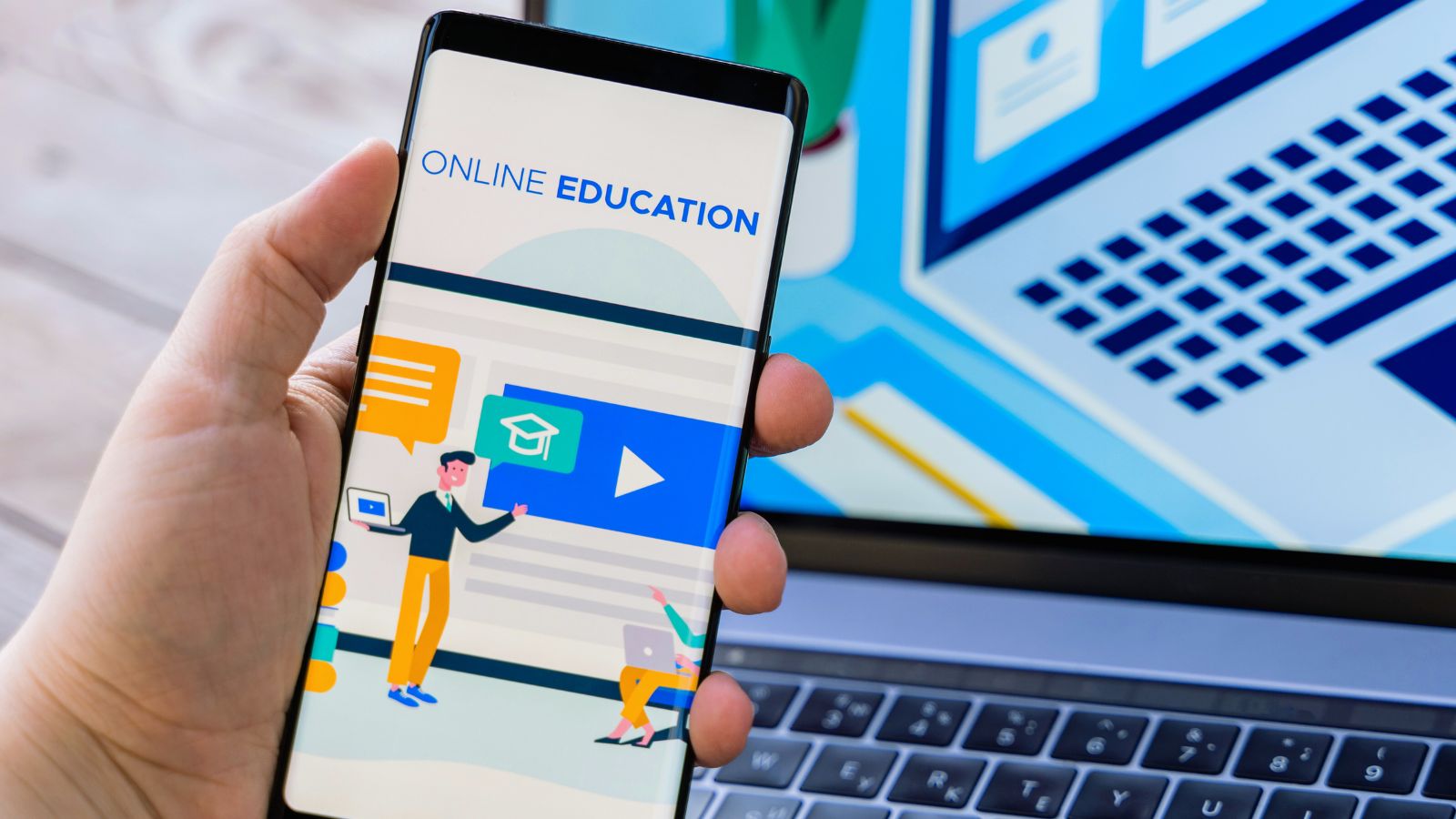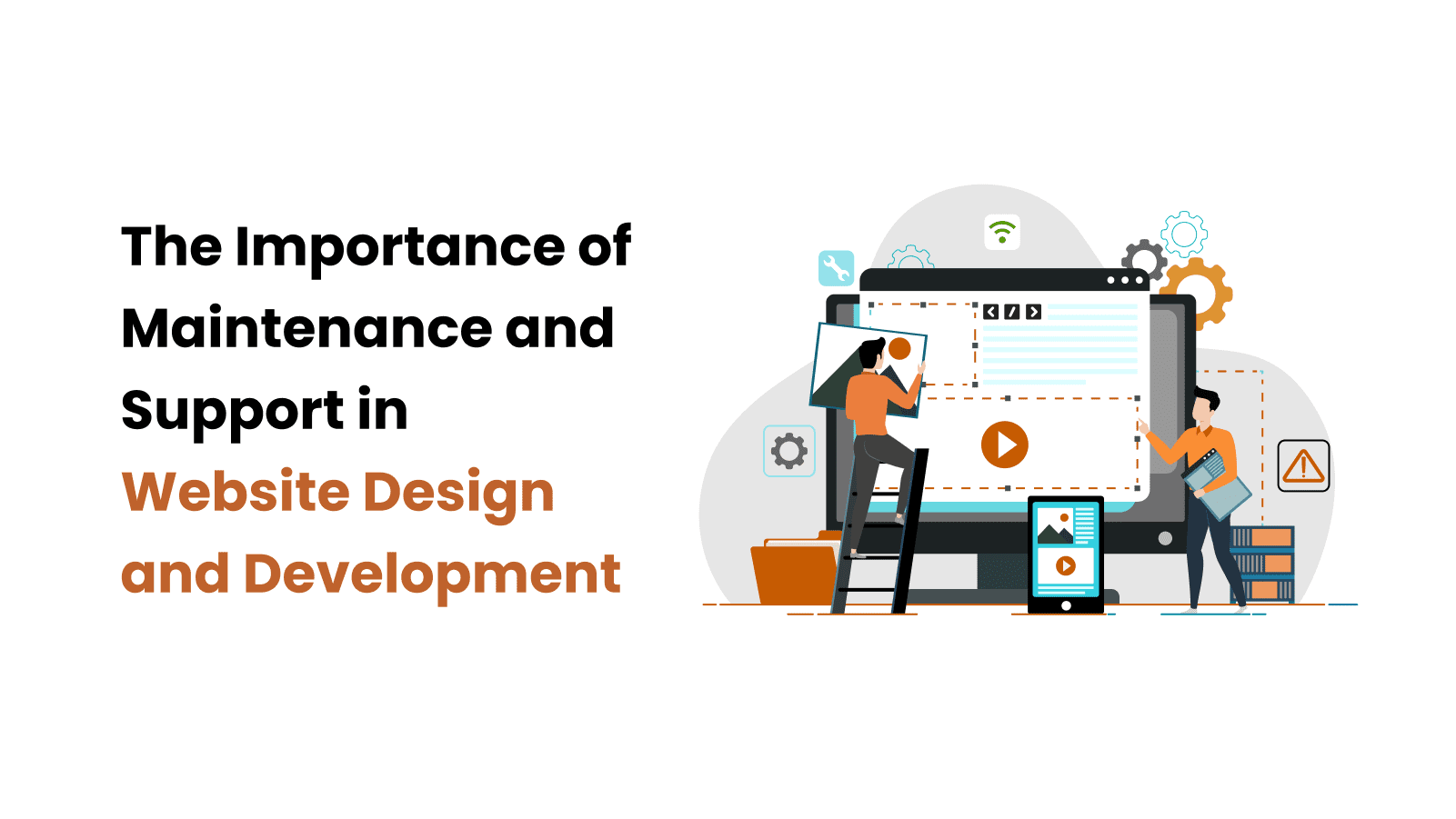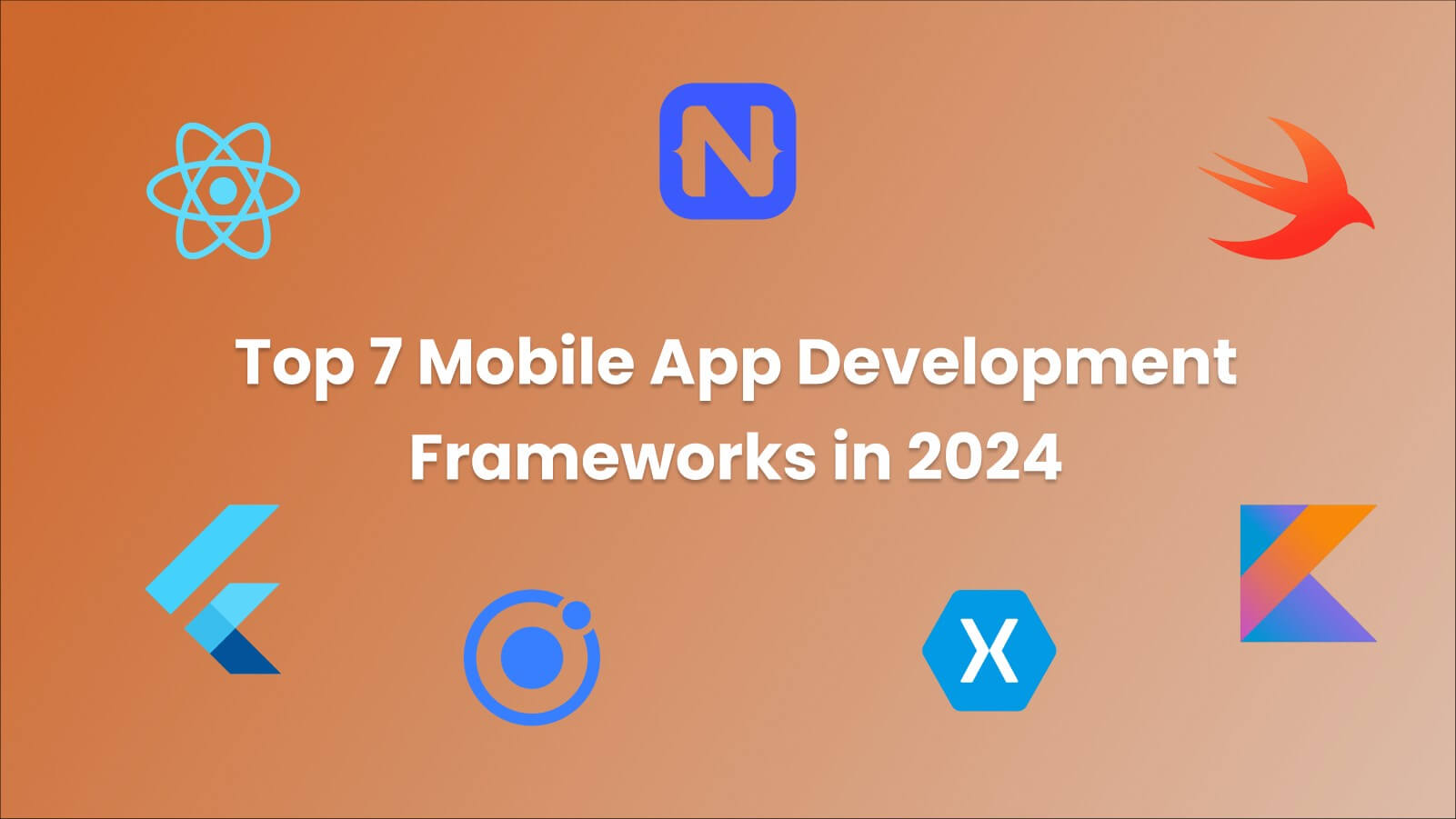
Introduction: Education apps have revolutionized the way we learn and acquire knowledge. With the increasing popularity of mobile devices, education app provide a convenient and accessible platform for students of all ages. it's no wonder that education apps have gained significant popularity. However, one question that often arises is, "How much does it cost to develop an education app?”. In this blog, we will explore the factors that influence the cost of developing an education app and provide you with a comprehensive understanding and give an idea of education app development cost. Before delving into the cost aspects, let's first understand what an education app is. An education app is a software application designed to facilitate learning and education through digital platforms such as smartphones, tablets, or computers. These apps offer a wide range of education content, including interactive lessons, quizzes, games, and study materials, tailored to various subjects and age groups. education apps cater to a diverse range of users, including students of all levels, teachers, parents, and even professionals seeking continuous learning opportunities. Students can use education apps to reinforce classroom learning, access study materials, practice exercises, or explore new subjects. Teachers can leverage these apps to create interactive lessons, track students' progress, and provide personalized feedback. Parents can engage their children in education activities outside the classroom, fostering a love for learning. Professionals can also get benefit from education apps by acquiring new skills or updating their knowledge. Education apps have become a popular tool for both students and educators. With the convenience of accessing educational materials and resources at any time and from anywhere. education apps enable personalized learning experiences, adapting to the individual needs and pace of learners. Users can choose their subjects of interest, progress at their own speed, and receive personalized feedback, ensuring an optimal learning experience. education apps often incorporate interactive elements such as gamification, quizzes, and multimedia content, making the learning process engaging and enjoyable. This interactivity enhances knowledge retention and motivates learners to actively participate in their education. With education apps, learning is not bound by time or location. Users can access educational content whenever and wherever they have an internet connection, enabling continuous learning opportunities. Education apps provide various ways of learning to accommodate different learning styles. Some apps use visual learning techniques by incorporating multimedia content, while others prioritize auditory or kinesthetic learning methods. This wide range of options ensures that learners can choose the approach that suits their preferences and helps them learn effectively. Many education apps provide tools for tracking progress, allowing users to monitor their achievements, identify areas of improvement, and set goals. This feature fosters self-assessment and encourages learners to take ownership of their education. Developing an education app involves several stages, each contributing to the overall cost of the project. Here is a brief overview of the typical development process: In this initial phase, the concept and goals of the app are defined. Market research, competitor analysis, and target audience identification are crucial steps to ensure the app's viability. The app's design and user interface are crafted to provide an intuitive and visually appealing experience. This stage includes wireframing, prototyping, and user testing to ensure usability and effectiveness. The actual coding and programming of the app take place in this phase. It involves creating the frontend and backend components, integrating features, and ensuring compatibility across different devices and operating systems. Thorough testing is conducted to identify and fix any bugs, glitches, or performance issues. This stage ensures that the app functions smoothly and provides a seamless user experience. The app is prepared for deployment to the chosen app stores, such as Google Play Store or Apple App Store. App store guidelines and submission processes must be followed, and marketing strategies should be in place to generate initial traction. To create an impactful education app, certain essential features should be considered. While the specific features will vary depending on the target audience and education goals, here are some common ones: Users should be able to create personalized profiles, enabling them to track progress, save preferences, and access content across multiple devices. A CMS allows administrators or content creators to easily manage and update education content, including lessons, quizzes, or study materials. Engaging and interactive lessons, supplemented with videos or multimedia content, enhance the learning experience and facilitate better comprehension. Gamifying the learning process through achievements, badges, or leaderboards encourages user engagement and motivation to progress further. Users should have access to their learning progress and performance analytics, allowing them to monitor their achievements and identify areas for improvement. education apps often include features such as discussion forums, messaging systems, or collaborative spaces, fostering interaction and knowledge sharing among users. Choosing the right tech stack is crucial for the successful development of an education app. Here are some commonly used technologies and frameworks in education app development: Before embarking on the development process, thorough market research and planning are essential. By analyzing the target audience, competitor landscape, and identifying unique selling points, you can lay a solid foundation for your education app. The cost associated with market research and planning may vary depending on the complexity of the project and the resources involved. The design and user experience of an education app significantly impact its success. A well-designed app with an intuitive user interface enhances engagement and retention rates. The cost of app design and UX depends on various factors such as the number of screens, complexity of interactions, and the expertise of the design team. Choosing the right development platform is crucial when developing an education app. The two main options are native app development and cross-platform development. Native app development offers better performance and access to device-specific features but can be more expensive. On the other hand, cross-platform development using frameworks like React Native or Flutter can save costs by allowing code reuse across multiple platforms. The features and functionality you want to incorporate into your education app will impact the overall cost. Basic features such as user registration, login, and content delivery may have lower development costs. However, if you plan to include advanced features like gamification elements, in-app purchases, or real-time collaboration, the development complexity and cost will increase accordingly. Education apps often require a significant amount of content, including text, images, videos, and interactive elements. The cost of content creation and management depends on factors such as the volume of content, complexity, and whether you plan to develop the content in-house or outsource it to professionals. The backend development and infrastructure of an education app are responsible for managing user data, authentication, push notifications, and other essential functionalities. The cost of backend development may vary based on the complexity of the app and the infrastructure required, such as server hosting, database management, and cloud services. Thorough testing and quality assurance are vital to ensure the stability, performance, and security of your education app. The cost of testing and quality assurance includes activities such as functional testing, performance testing, security testing, and user acceptance testing. Once your education app is launched, it requires ongoing maintenance and updates to address bugs, add new features, and ensure compatibility with the latest operating systems. The cost of maintenance and updates can vary depending on the frequency and complexity of the changes required. Now, let's talk about this question: How much does it cost to develop an education app? The educational app development cost can vary significantly based on several factors, including: While developing an education app can be a significant investment, there are several strategies to optimize your budget: Whether you're a school, a startup, or an education institution looking to develop an education application, partnering with a reliable education app development company. The cost of developing an education app can vary significantly depending on factors such as complexity, features, platform, and development team rates, but it typically ranges from $20,000 to $150,000 or even more. By understanding the key factors influencing the cost and implementing cost optimization strategies, you can create a successful education app within your budget. Are you ready to transform your app idea into reality? Are you interested in getting a cost estimate for developing an education app? Take the next step confidently and without delay!
Let’s discuss!
According to Statista, "The Online Learning Platforms market worldwide is projected to grow by 3.22% (2023-2027) resulting in a market volume of US$65.17bn in 2027."What is an Education App?
Who Uses Education Apps?
Advantages of Education Apps
1. Personalized Learning:
2. Interactive and Engaging:
3. Accessible Anytime, Anywhere:
4. Varied Learning Methods:
5. Progress Tracking:
The Development Process of an Education App
1) Ideation and Planning:
2) Design and User Experience (UX):
3) Development:
4) Quality Assurance and Testing:
5) Deployment and Launch:
Must-have Features in Education Apps
(1) User Registration and Profiles:
(2) Content Management System (CMS):
(3) Interactive Lessons and Videos:
(4) Gamification and Rewards:
(5) Progress Tracking and Analytics:
(6) Communication and Collaboration Tools:
The Tech Stack Required for Education App Development
Factors Affecting the Cost of Developing an Education App
The Cost of Developing an Education App
On average, the cost of developing a basic education app with essential features can range from $20,000 to $50,000. However, for more complex educational applications with advanced functionalities, the cost can exceed $1,50,000 or even more.How to Reduce the Development Cost of an Education App?
Conclusion
Request a Free quote today or email us at sales@iihglobal.com. Our team of experienced professionals is ready to assist you in every step of the way. Let's create an exceptional educational app together!








